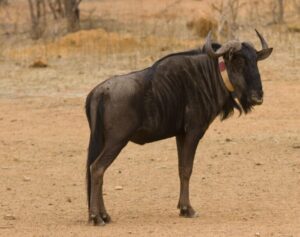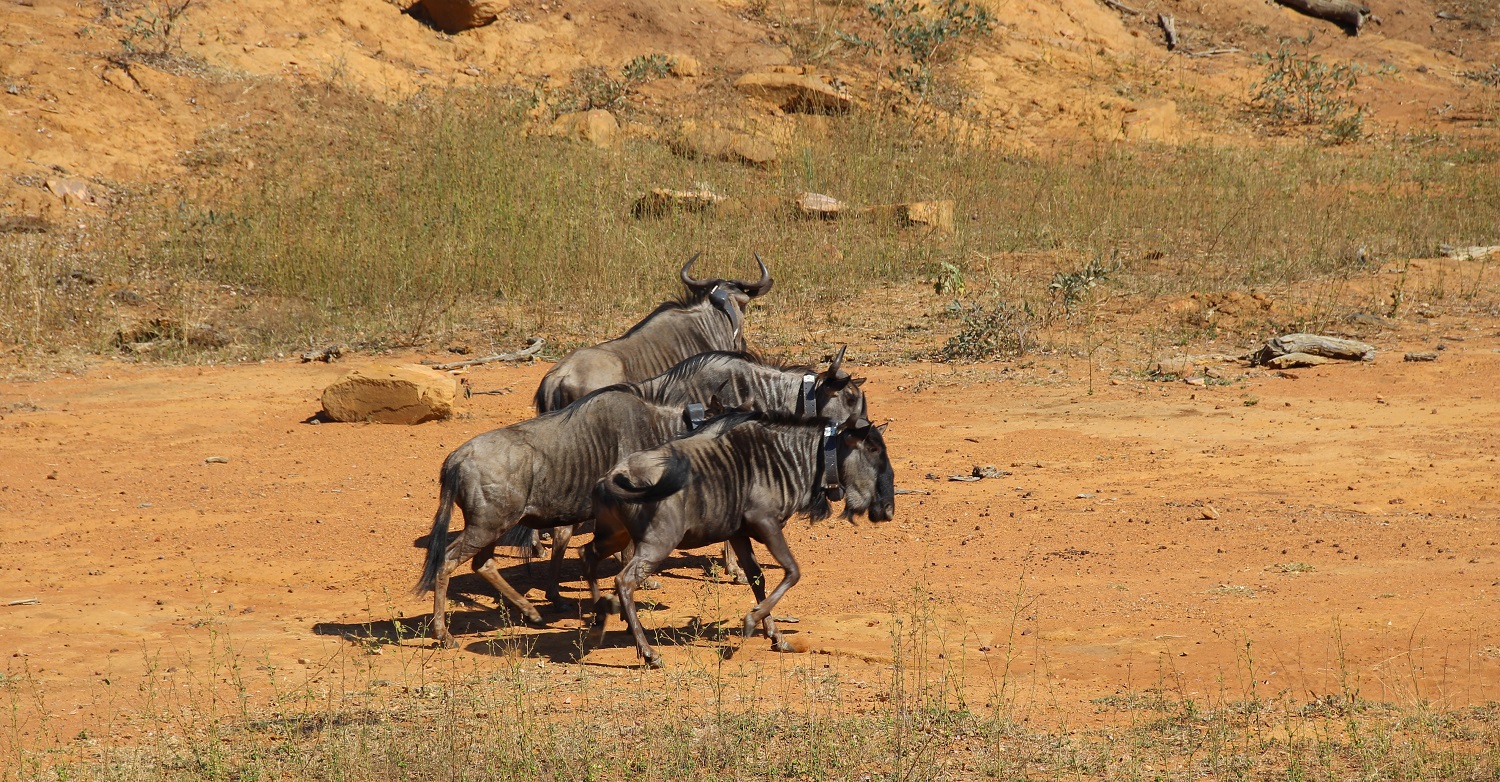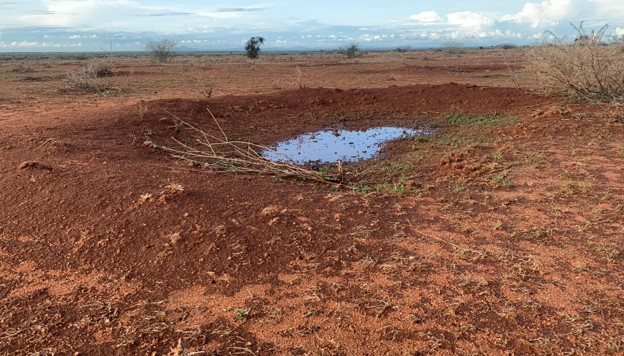This finding came out of research in which prey animals were tagged with transmitters in Welgevonden Game Reserve in South Africa. The study made use of the fact that poaching big game also disturbs that game’s prey. These prey animals then serve as informers, an indirect signal that poachers are at work.
Wageningen researchers have been working on the development of this concept for some time, explains Henjo de Knegt (Wildlife Ecology and Conservation). In Welgevonden, 135 zebras, impalas, wildebeest and elands were tagged with GPS and an accelerometer, so their movements could be tracked precisely. Game wardens simulated the behaviour of poachers so they could study the animals’ reactions.
We expect predators to react differently to lions than to poachers
Henjo de Knegt, researcher at Wildlife Ecology and Conservation
And that works. Using a smart algorithm, the computer can accurately detect 86 per cent of the disturbances recorded in the mountain of data obtained. This proves that the concept does work, says De Knegt. But an off-the-shelf alarm system is not yet available. There are no large predators such as lions and hyenas in the research area of Welgevonden. Can the alarm system differentiate between a poacher and a lion?

De Knegt thinks it probably can. ‘We expect that prey animals react differently to lions than to poachers. They are familiar with lions and have lived alongside them for thousands of years. Lions only hunt now and then, and for the rest of the time they pose no danger. Human beings trigger a very different response, probably a stronger and longer-lasting one.’
Big effect
To find out if this is the case, a new experiment is now underway in the Kenyan national park Tsavo. ‘In an environment where tagged lions and hyenas are roaming around as well,’ says De Knegt. ‘With more data and better sensors, we expect to be able to differentiate between predators and humans.’
The Wageningen study shows that poachers have a big effect on both big game and the ‘sentinel’ animals, as they are called. It took three quarters of an hour for the tagged animals in Welgevonden to calm down. After a disturbance, they seek each other out more and move to less accessible terrain with more undergrowth. This behaviour costs the animals a lot of energy.

 Tagged wildebeast. Photo: Julia Schäfer
Tagged wildebeast. Photo: Julia Schäfer 

